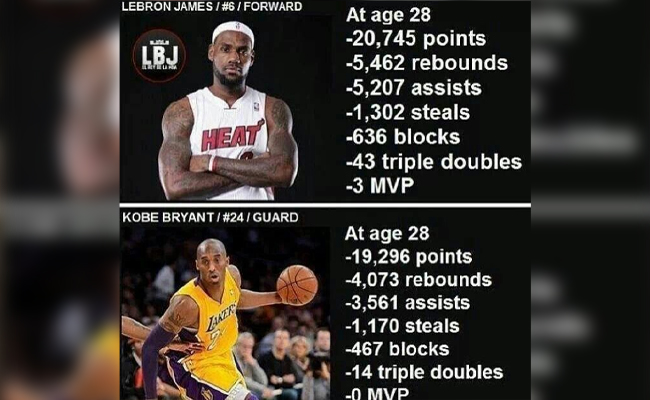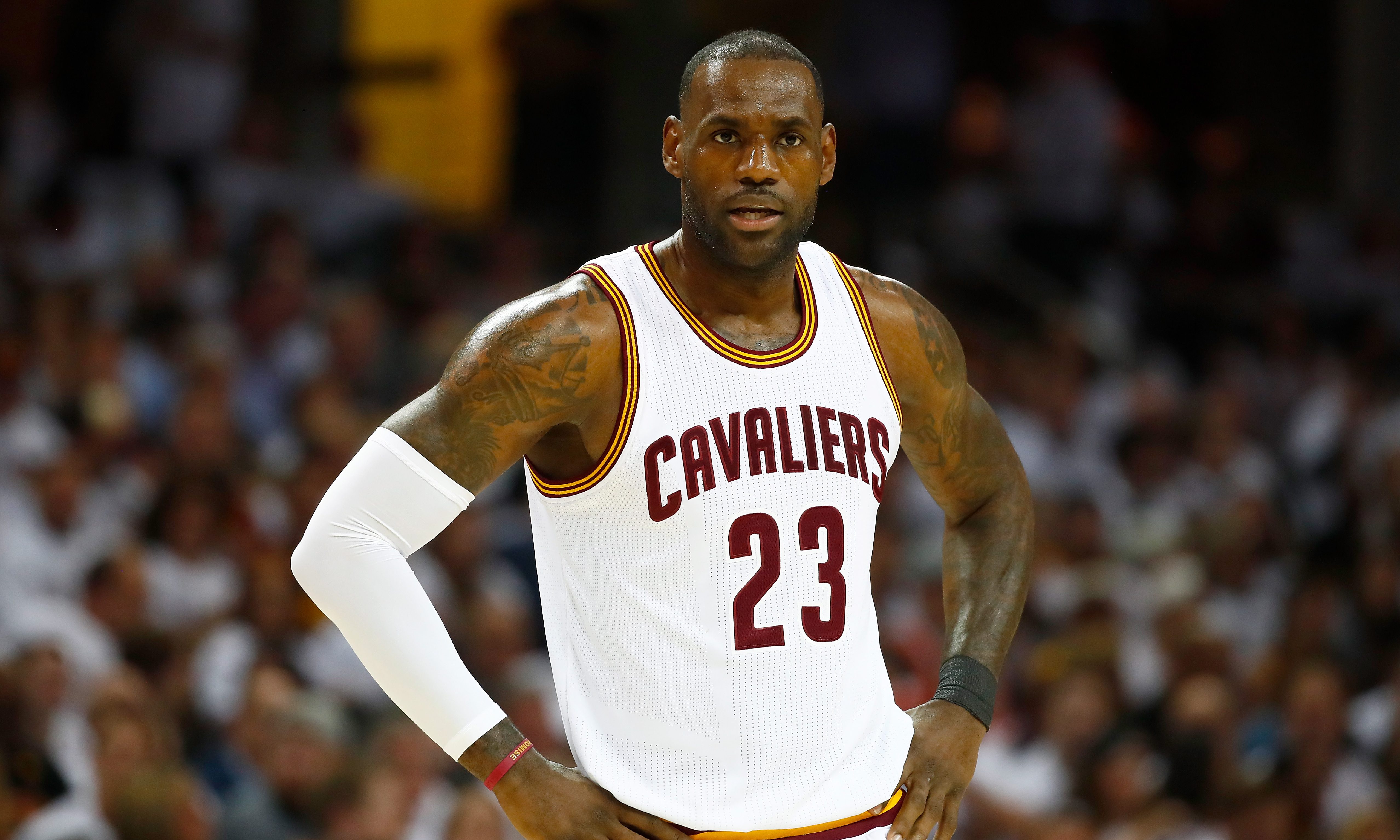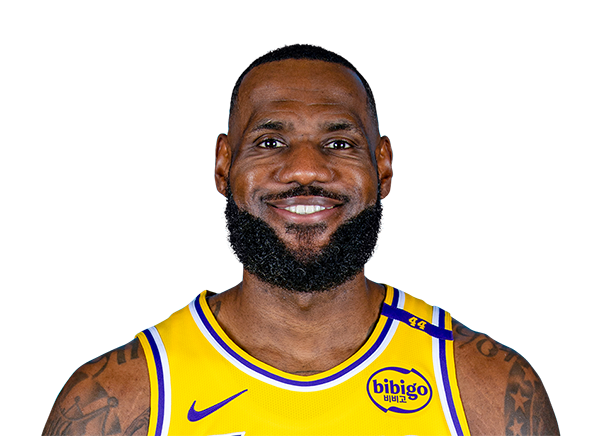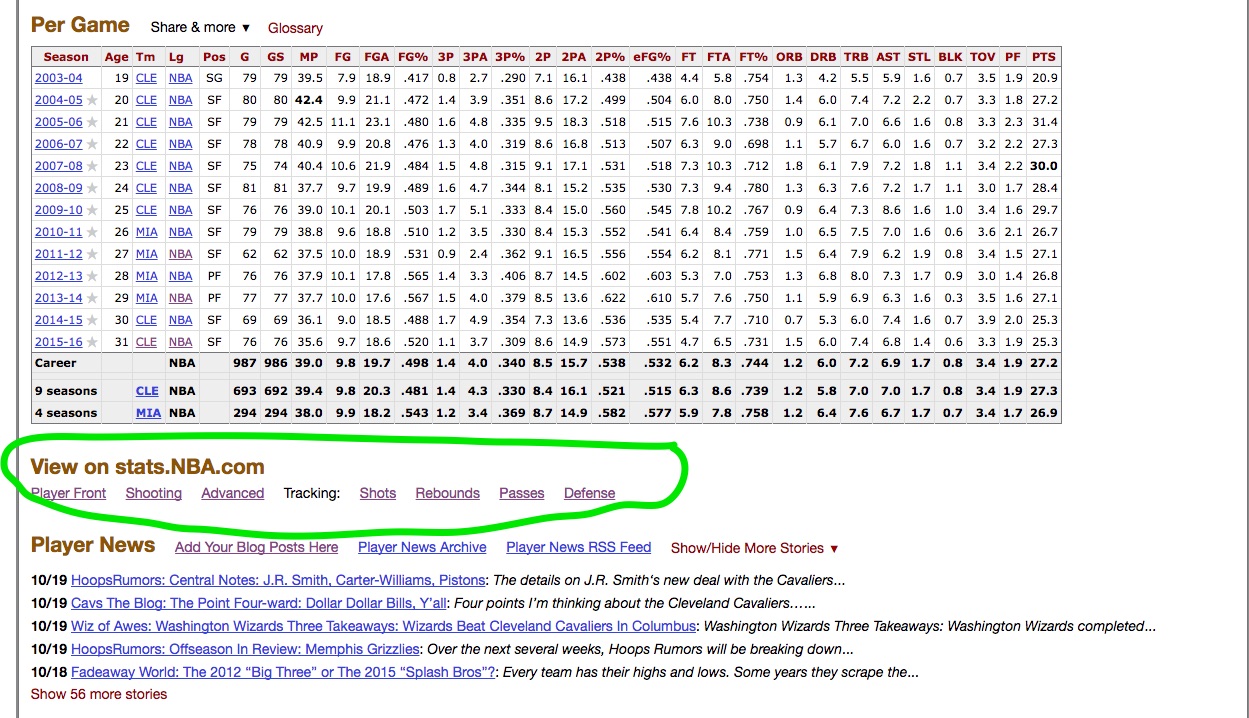

Wade averaged 25.5 PPG and 4.6 AST that year while playing 76 games. Meanwhile, James had two superstars to lean on. Every game was a battle for the guard who had springs in his legs and knees made of glass. Every time he crashed onto the floor, his punishment was magnified. Except Rose was a 6’3″ point guard who never had the size or strength of Jordan or LeBron. How many times was he slammed down to the floor after trying to dunk on someone or had his legs cut out from under him as he pulled off yet another acrobatic layup? It was the same treatment Michael Jordan once received, as well as Kobe Bryant, and then LeBron James himself. The only way to stop Rose, once he took flight, was to foul him, and to foul him hard. He was the little engine that could, except this engine jumped 42 inches and had an all-time great layup package. Night in and night out, Rose relentlessly attacked the hoop with an aggressiveness reserved for bigger, stronger players.

Deng was good, but he was more of a glorified role player than a star. Rose had to do everything for that Bulls team as both their best scorer and playmaker. The degree of difficulty for Rose that year was also markedly higher. Does that sound like a 62-win team? Not only did Rose have a worse supporting cast, he even won more games than James. 38-year-old Kurt Thomas started at center and averaged just 4.8 PPG and 5.3 REB. Joakim Noah and Carlos Boozer played just 48 and 59 games respectively, forcing Kyle Korver and Taj Gibson to be the third and fourth options on most nights. Meanwhile, Rose’s second-best player was Luol Deng, who averaged 17.5 PPG and 5.8 REB.

Bosh was a top-10 player who averaged 24.8 PPG and 10.8 REB the prior season, and Wade was already a Finals MVP and a consensus top-5 player. Those two have 24 All-Star appearances between them and are both future first-ballot Hall of Famers. The Heat had a weak bench because they had to gut the roster to afford Bosh and James, but James still had Dwyane Wade and Chris Bosh. Rose’s Bulls had just finished 41-41 the previous season, and he was in just his third year in the league. For context, this was the year that James linked up with Chris Bosh and Dwyane Wade in Miami. And, no, it’s not just because the media hated him for the infamous “Decision”.įirst, Rose’s supporting cast on the Bulls was strikingly inferior to James’. There’s a reason why James garnered just four first-place votes out of a possible 120 that year, finishing not just second but third in the MVP race. As the years pass, time fogs much of the context surrounding the season. Just going off the numbers is a grave mistake in any MVP consideration, however.

In hindsight, and based purely on the numbers, James should’ve been the easy favorite. The Heat were heavy favorites to win the title in their debut season, as “The Heatles” set to dominate the league. His Heat won 58 games, and Rose’s Bulls finished 62-20, first and second in the East.ĭepending on who you asked, he was either the best or second-best player (behind Kobe) in the world at that point too. James averaged 27-8-7 compared to Rose’s 25-4-8 while slashing 51/33 from the field compared to Rose’s 45/33. Derrick Rose was the official winner of the 2011 MVP, the youngest recipient of the award at age 22. The 2010-11 season, James’ inaugural season in a Miami Heat jersey, is the gap in his string of MVPs.įrom a statistical perspective, it’s easy to see why James had a case. James won back-to-back MVPs from 2008-2010, and then went back-to-back one more from 2011-2013. Yet, if some people are to believed, LeBron James should’ve accomplished this feat from 2008-2013. So, when we breach the subject of somebody potentially winning five in a row, not only are we entering unheard of territory, we’re discussing a stretch of dominance nobody has come close to reaching. Nobody in NBA history has won four straight MVPs.


 0 kommentar(er)
0 kommentar(er)
